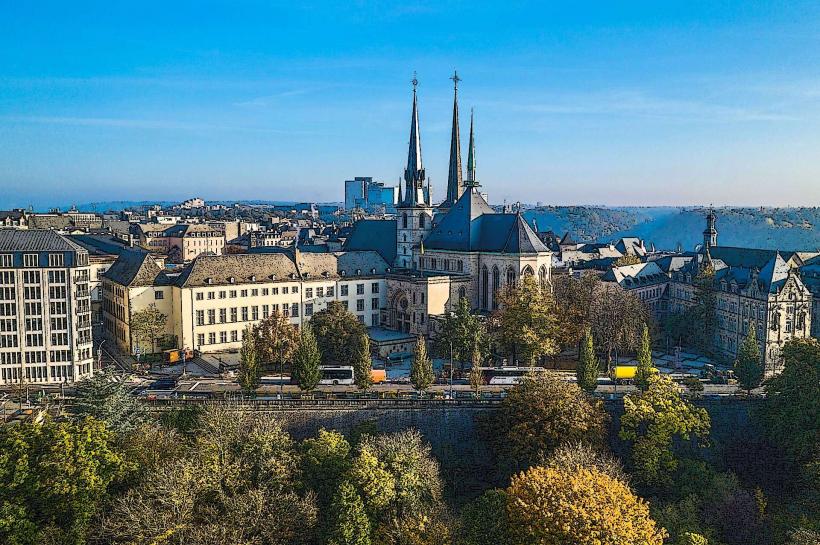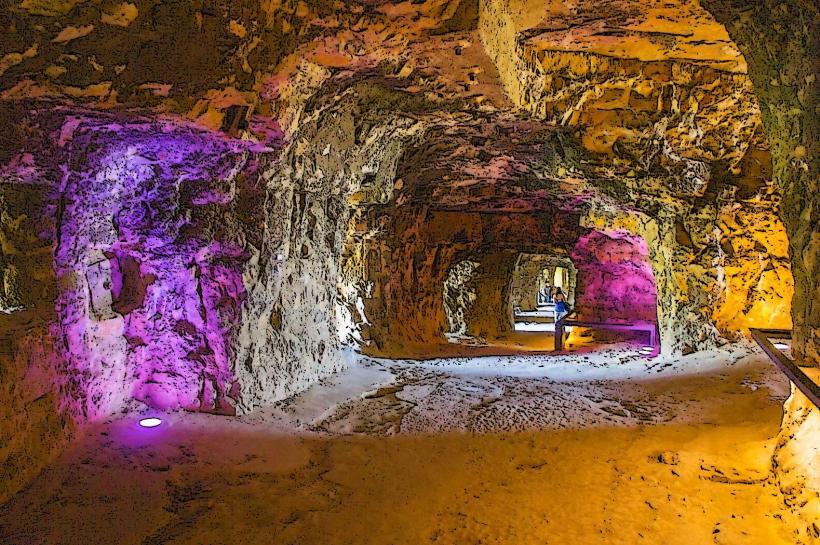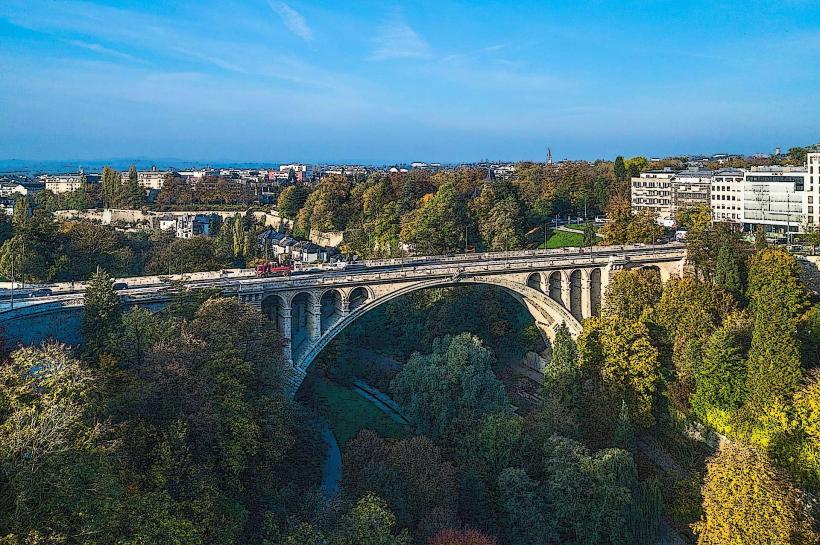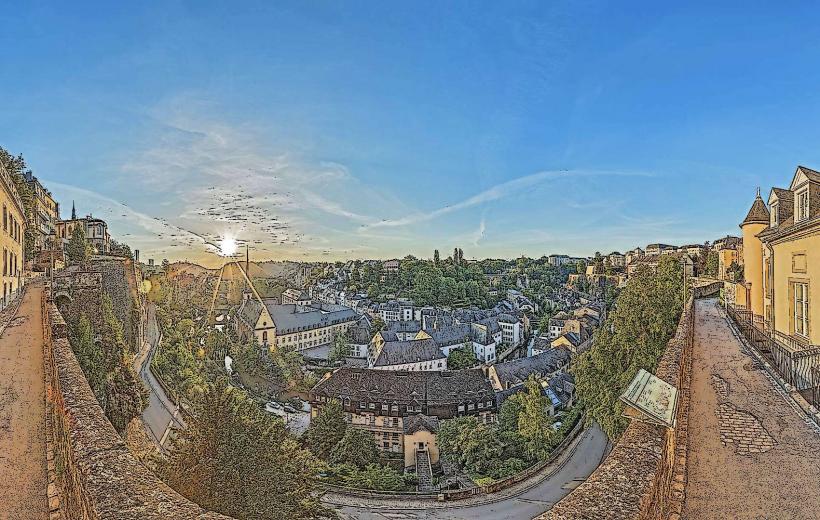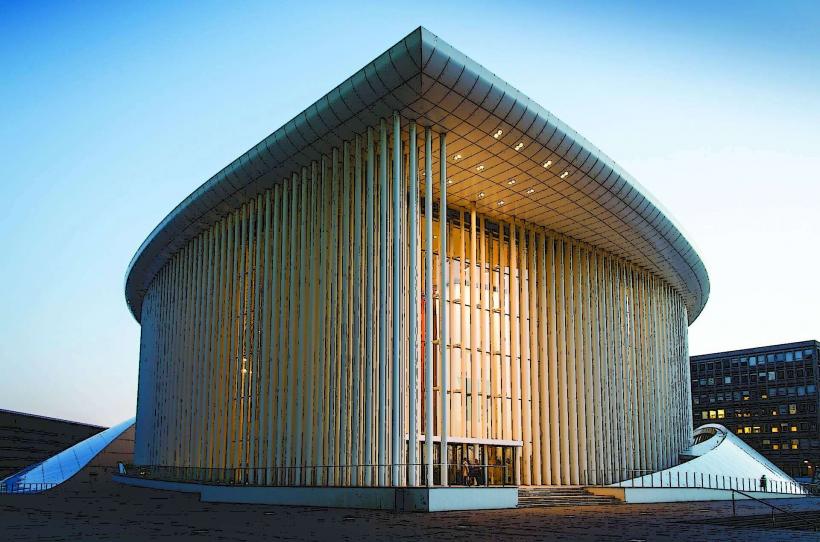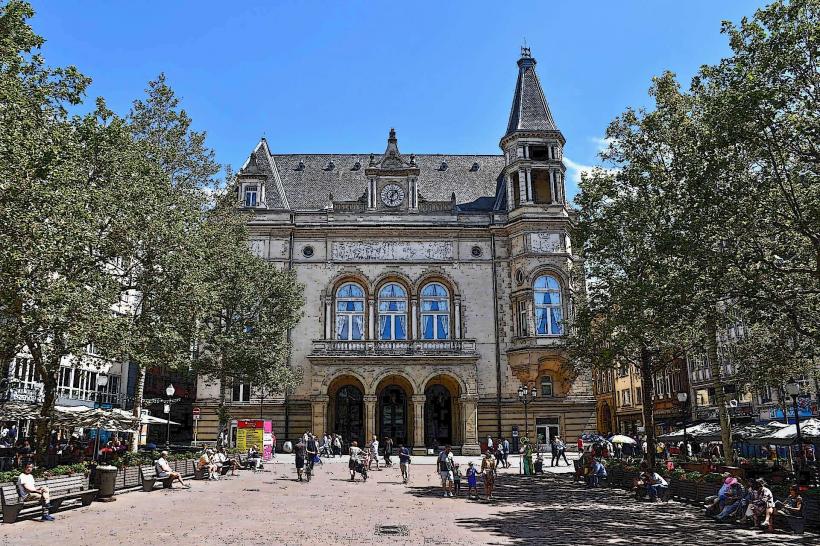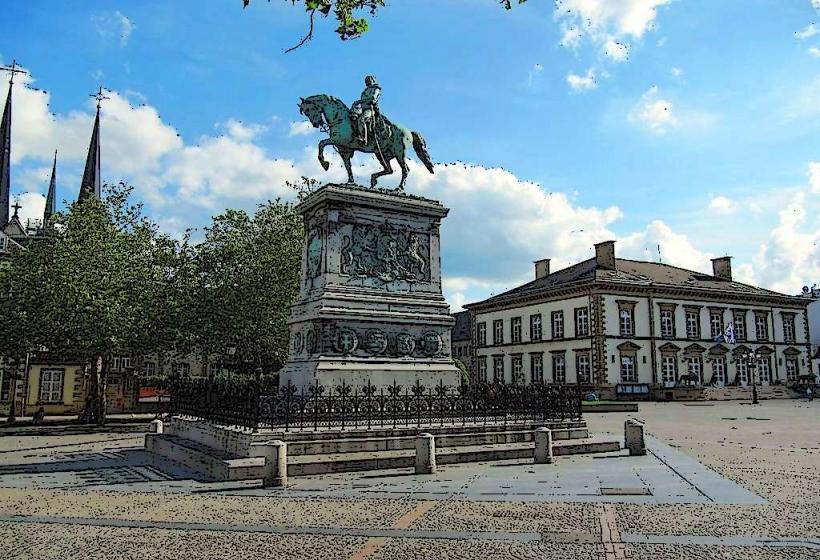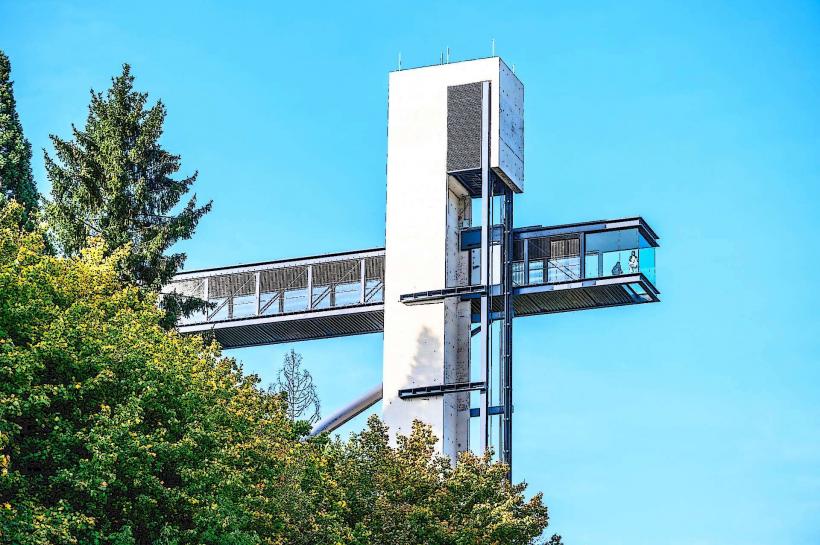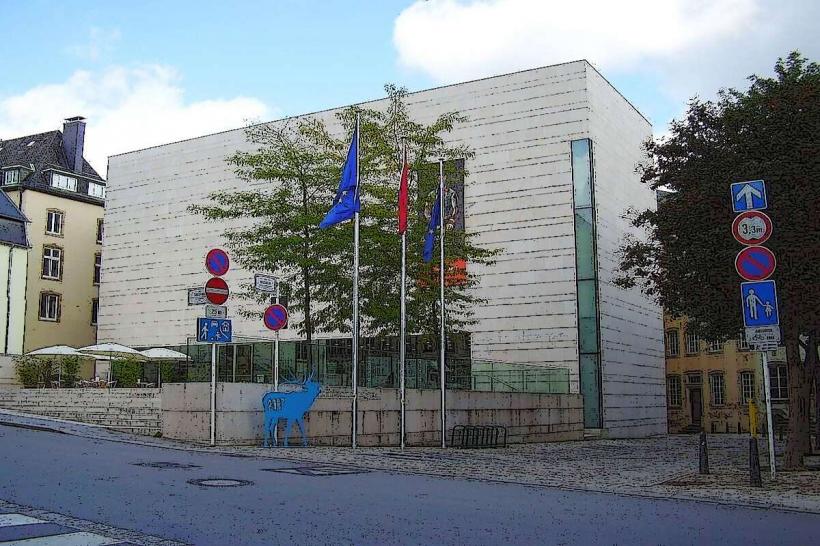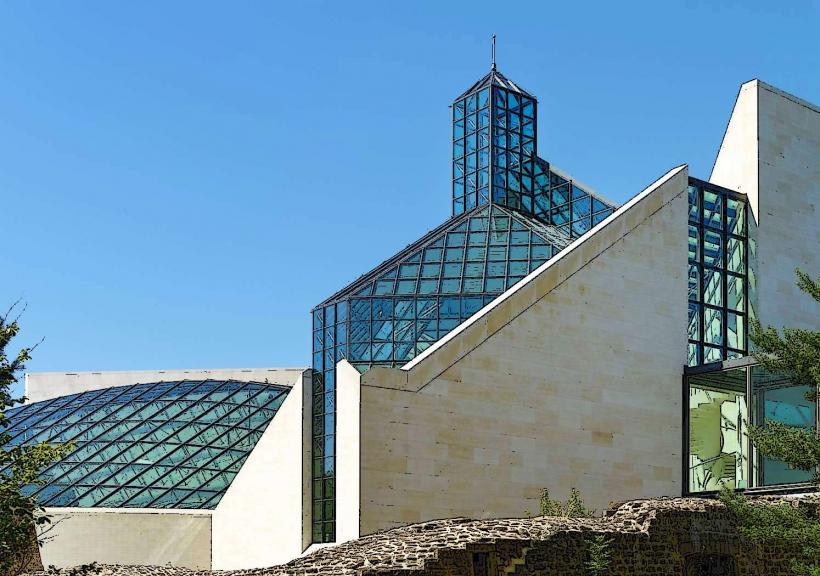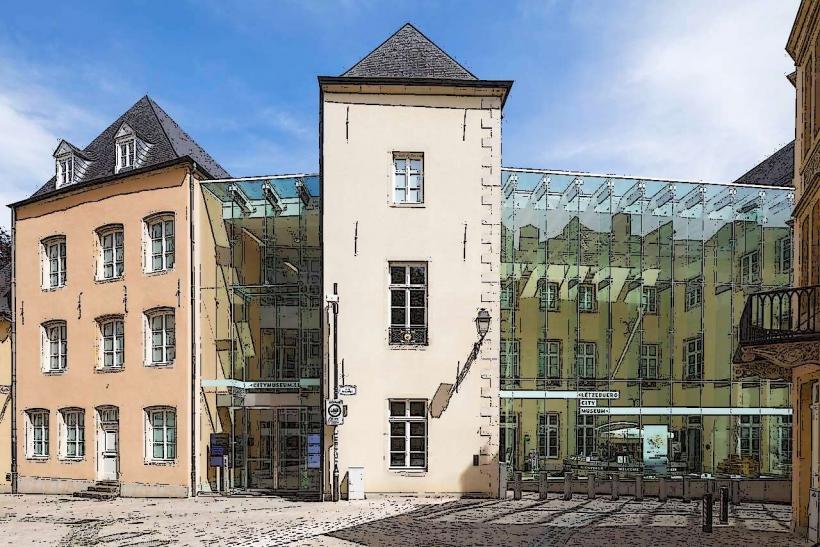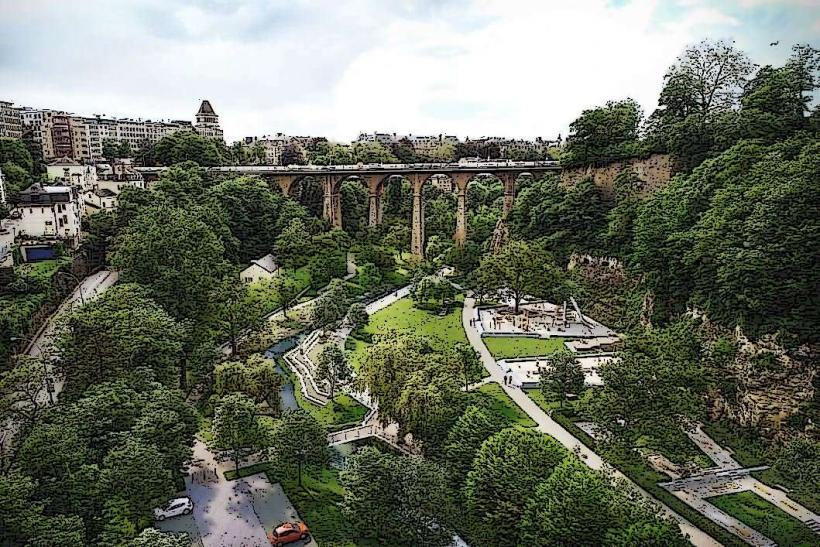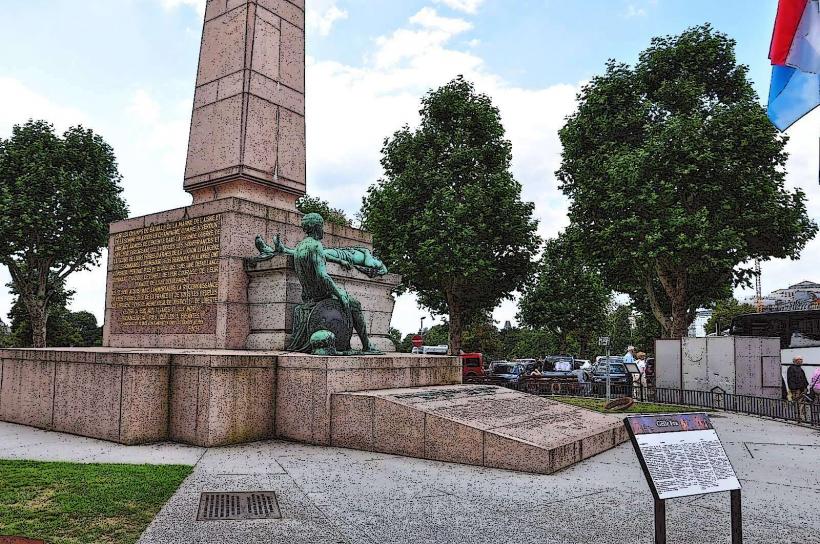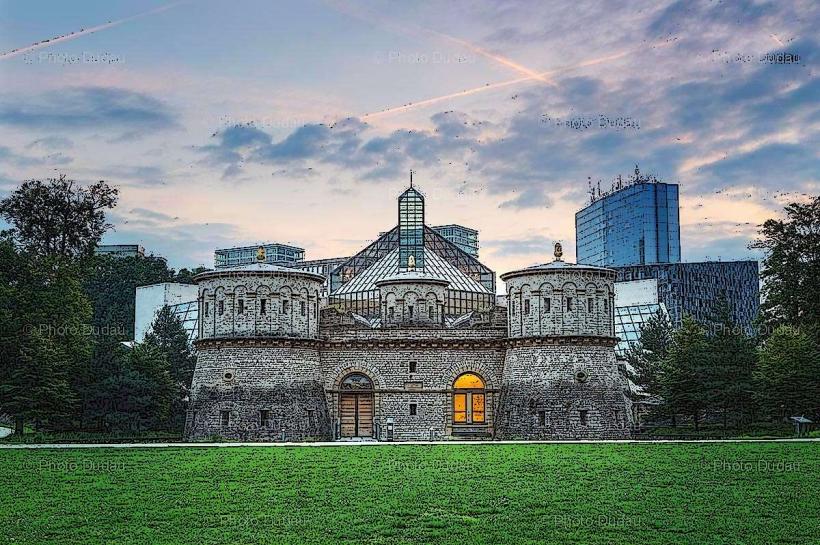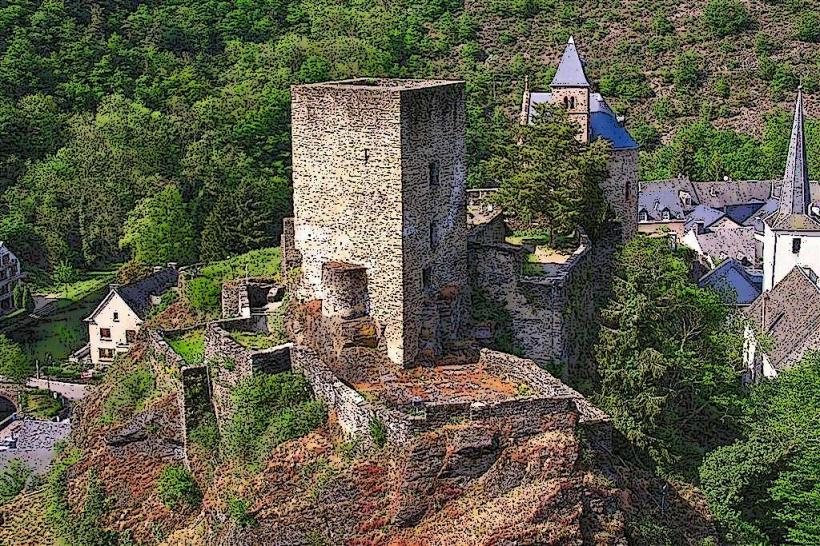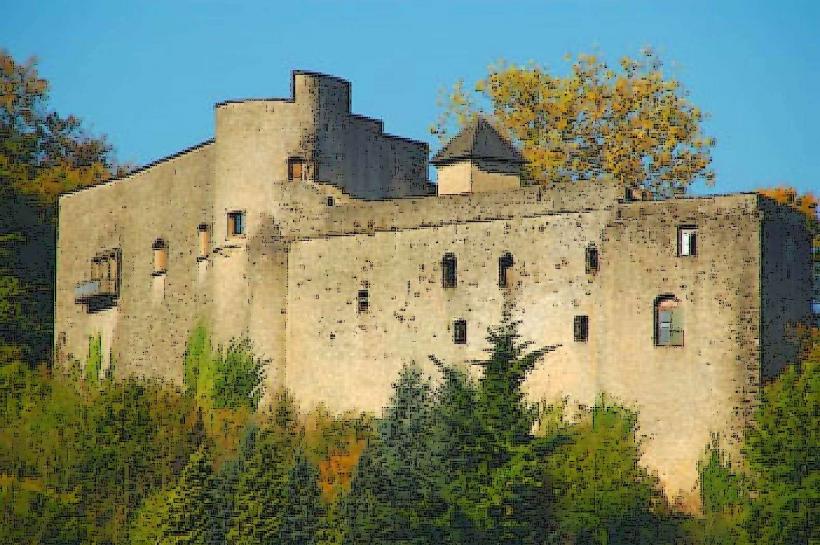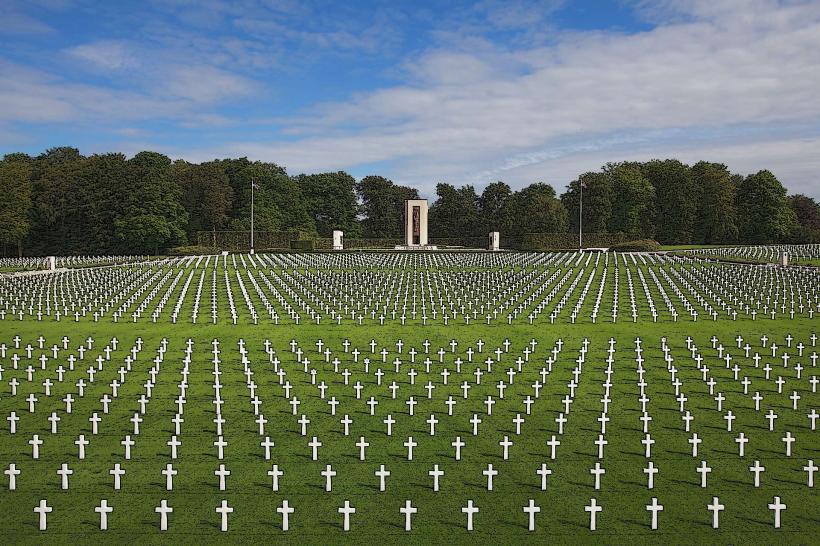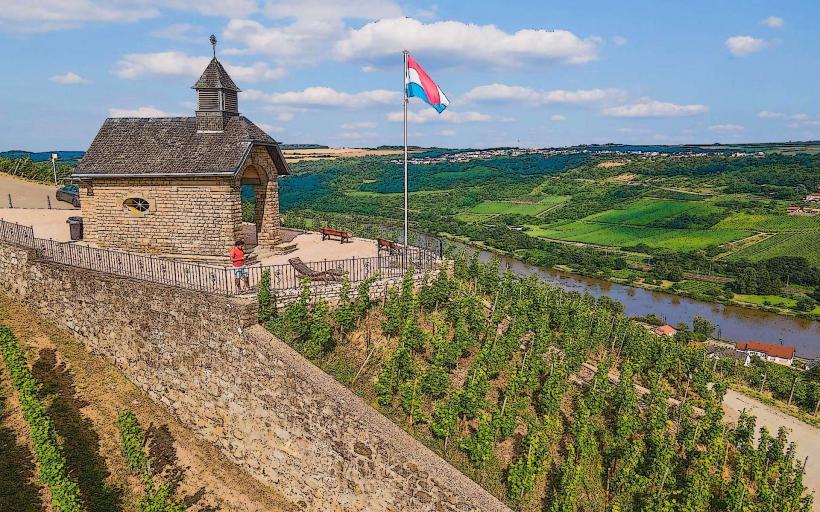Information
Landmark: National Liberation MemorialCity: Luxembourg City
Country: Luxembourg
Continent: Europe
The National Liberation Memorial (Mémorial National de la Libération) in Schengen, Luxembourg, commemorates the significant role played by Luxembourg and its people during World War II, particularly in the context of the country's liberation from German occupation. The memorial is located near the village of Schengen, which is famously known for the Schengen Agreement that led to the creation of a borderless zone across Europe.
Key Points about the Memorial:
Purpose: The National Liberation Memorial honors the Luxembourgish resistance during the Nazi occupation and celebrates the liberation of the country by Allied forces, including American, French, and other European troops, in 1944.
Location: The memorial is situated in Schengen, a village in southeastern Luxembourg, which is symbolically significant because it is where the Schengen Agreement was signed in 1985, promoting cooperation among European nations.
Structure and Significance: The monument itself is a symbol of the sacrifices made during the war and is an important historical site for Luxembourg. It features a large stone sculpture, along with plaques and inscriptions detailing the events of Luxembourg's occupation and subsequent liberation. The memorial also serves as a reminder of the importance of freedom, unity, and peace in Europe post-war.
Historical Context: Luxembourg was occupied by Nazi Germany from 1940 to 1944. The country's liberation was part of the broader Allied campaigns in Europe, notably after D-Day, as American forces pushed through France and into Luxembourg. The Luxembourgish Resistance also played a key role in sabotaging Nazi efforts and providing intelligence to the Allies.
The National Liberation Memorial is a poignant site for remembering those who fought for Luxembourg’s freedom and the broader cause of peace in Europe during and after World War II.


